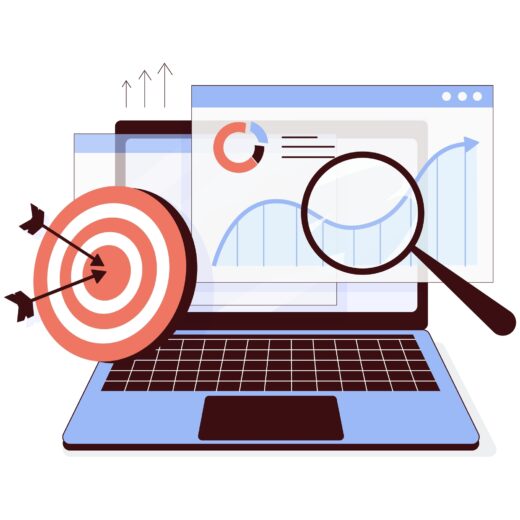Google’s Ad Labelling Update: What It Means for Your Digital Marketing Strategy

Google has introduced a subtle but important change to how ads appear in its search results. The familiar ‘Ad’ label that once sat beside each paid listing has been removed. Instead, ads are now grouped together under a single ‘Sponsored results’ banner, with an option for users to ‘Hide sponsored results’ once they scroll past them.
To a casual user this might appear to be a small design update, but for businesses that rely on paid search and organic traffic, it could have a significant effect on visibility, click-through rates and strategy.

A Subtle Design Change with a Big Impact
Here is what has changed:
-
Each individual ad no longer carries an ‘Ad’ label.
-
A single ‘Sponsored results’ banner now covers the whole ad block.
-
A new option allows users to hide sponsored results altogether.
Google’s official reasoning is that this makes advertising “clearer and more consistent”. From a digital marketing perspective, however, the reality looks different.
Users are conditioned to ignore banner-like visuals, meaning the new “Sponsored results” label could actually make ads less visible rather than clearer. This may reduce engagement and cause lower click-through rates (CTR), particularly for businesses that depend heavily on paid traffic.
What the Research Tells Us
Several studies and expert analyses provide useful insight into what may happen next:
-
Users already struggle to tell paid from organic results.
Research shows that only a small percentage of users can consistently identify which listings are sponsored. This change could make that distinction even less clear. -
Banner blindness is a long-standing issue.
People naturally filter out banners and promotional sections when browsing online. The new format looks more like a grouped banner, meaning it could be easier for users to scroll past it without engaging. -
The ‘Hide sponsored results’ option could have real consequences.
If even a small percentage of users choose to hide sponsored results, ad visibility could drop sharply across certain industries. -
Organic visibility might rise or fall.
Organic results could benefit if users choose to hide ads. However, if ads look more like organic listings, the unique trust and credibility of organic search could be weakened.
What Does This Mean?
At Innermedia, we see this as a reminder that relevance and intent must stay at the centre of every campaign. Paid and organic strategies should not operate in isolation, especially when visual distinctions between them are becoming less obvious.
This is a time to refine, not retreat. Successful digital marketing will depend on adaptability, testing and strong data analysis.
-
Prioritise relevance: Your ad copy must clearly answer the user’s query. Focus on clarity, value and alignment with intent.
-
Build brand consistency: If users cannot easily distinguish between ads and organic listings, consistent branding becomes your trust signal.
-
Integrate PPC and SEO: Treat search holistically. Both channels now need to work together to create a cohesive user journey.
-
Watch your data closely: Track CTR, conversion rates and cost per click before and after the update. Look for trends, not just one-off changes.
What Businesses Should Do Next
-
Audit your ad performance: Review your data over the next few weeks and note any significant changes.
-
Update your keyword strategy: Focus on high-intent terms where users are actively looking to buy or act.
-
Strengthen your SEO: High-quality, relevant and user-centred content will always remain a reliable way to attract and convert.
Google’s latest design shift is presented as a way to create a cleaner, more transparent search experience. In practice, it could make it harder for users to see the difference between paid and organic results.
For marketers and businesses, this is not a setback but a signal to adapt. The fundamentals remain the same: be relevant, understand your audience and monitor your data. Those who act quickly, test regularly and align their strategy with real user behaviour will stay ahead of the curve.
At Innermedia, we will be watching this rollout closely to see how it affects performance across our clients’ campaigns. If you would like to review your paid or organic strategy in light of this change, get in touch — we are here to help you make every click count.








